The season of Djeran

In the south-west of Western Australia the Noongar people follow a yearly calendar with six seasons: Birak, Bunuru, Djeran, Makuru, Djilba and Kambarang.
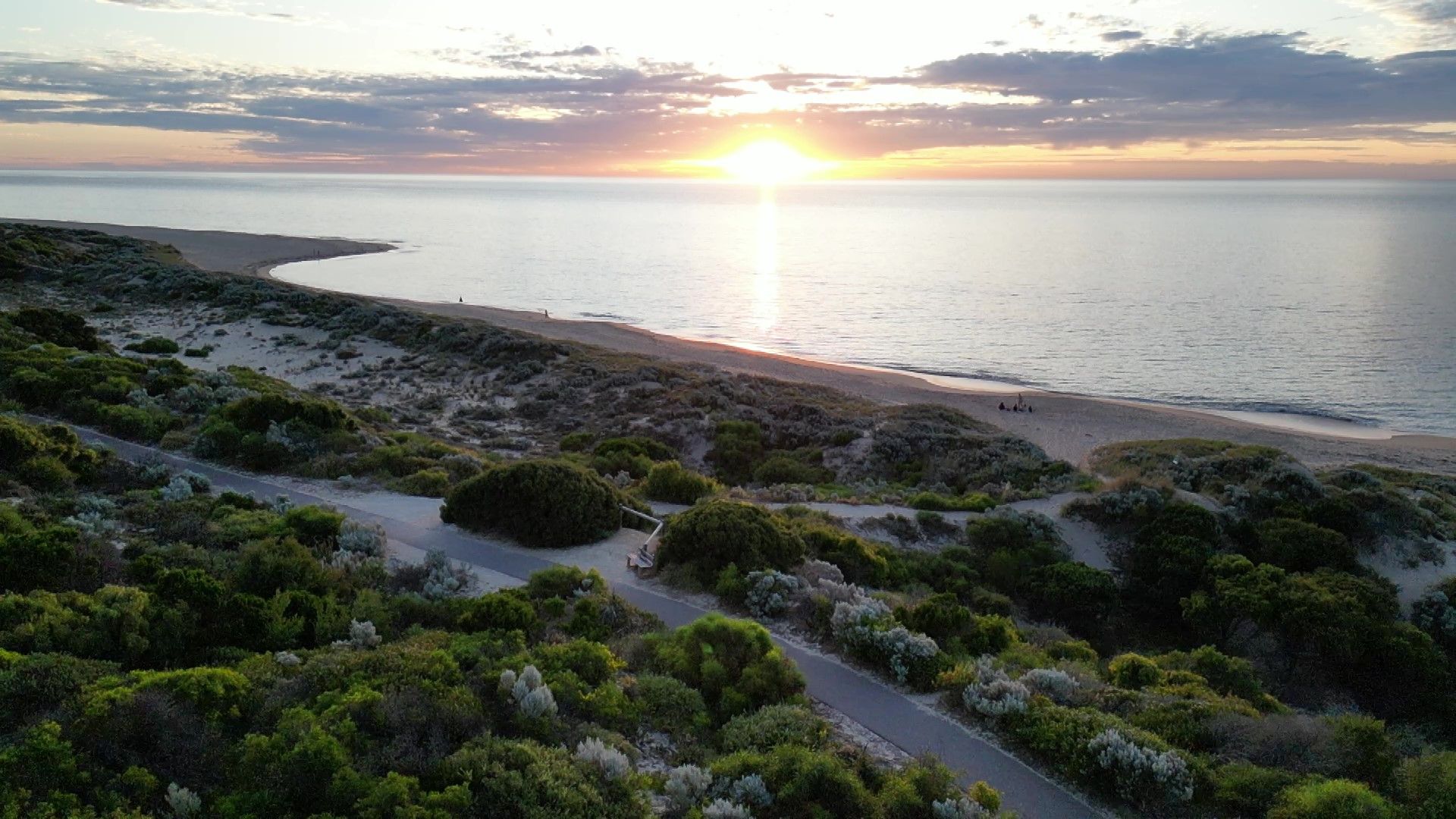
Signs of Djeran
Djeran begins when the weather cools down, finally bringing a break from the hot Bunuru and even some rain. It is also the time of adulthood and red flowers. Djeran is usually around April and May.
Watch this episode on YouTube:
I first noticed the cooler mornings. We got some rain and even a lightning storm or two, heralded by flying ants. In fact I noticed a lot of insect activity during this period, however the population of spiders seemed to decline. We even had a spiderwasp visit the house.
The banksias began flowering, both the biara yellow candlestick (Banksia attenuata) and the more peachy firewood banksia (Banksia menziesii). I've also noticed a few spots of yellow from some wattles, but haven't checked which one.
On my walks I noticed a bright orange fungus growing from dead paperbark branches on the ground, and more camouflaged white-brown ones emerging from the soil. I'd like to be able to identify more fungus but unfortunately found no time this season to dedicate to them, mainly because I was moving house.
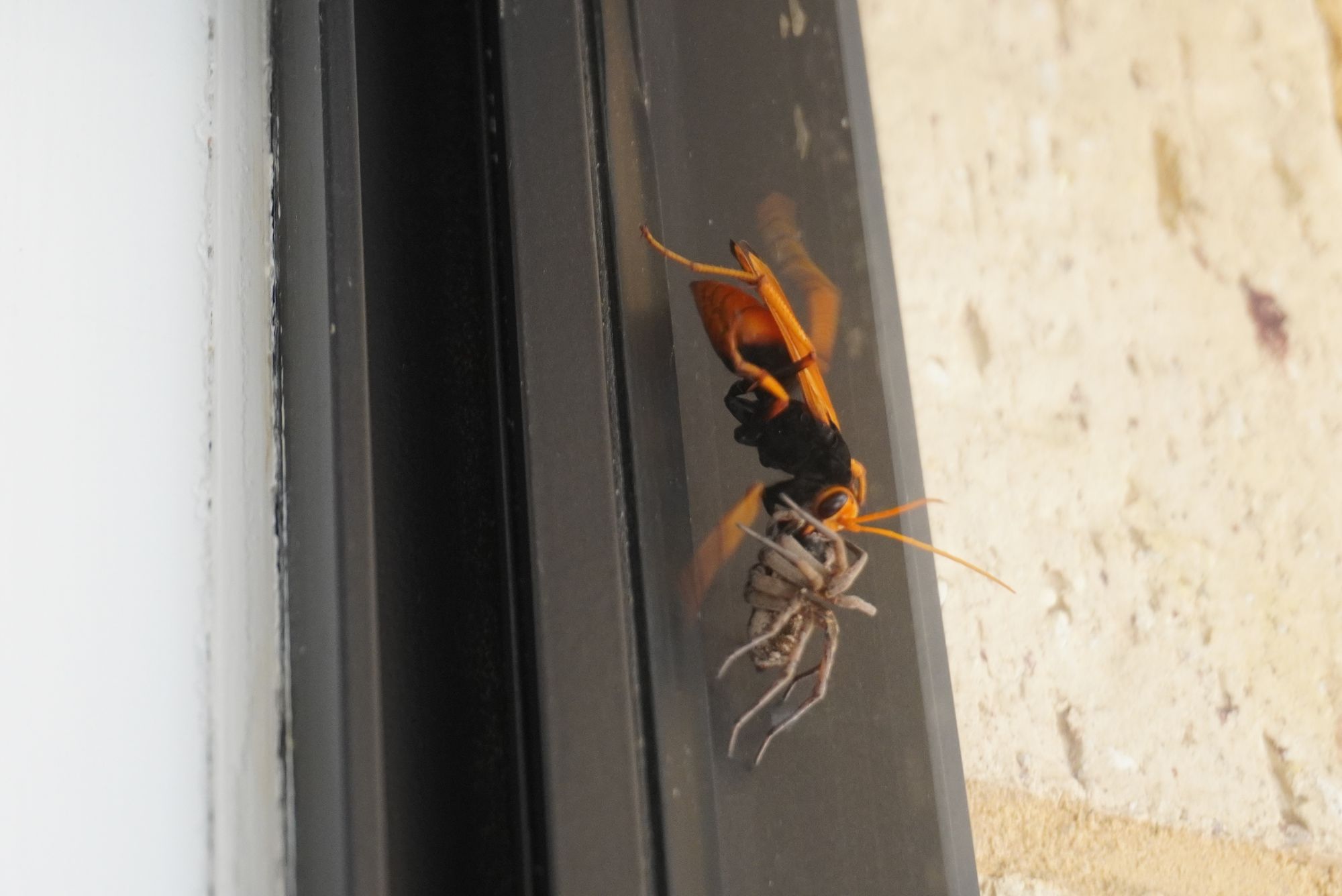
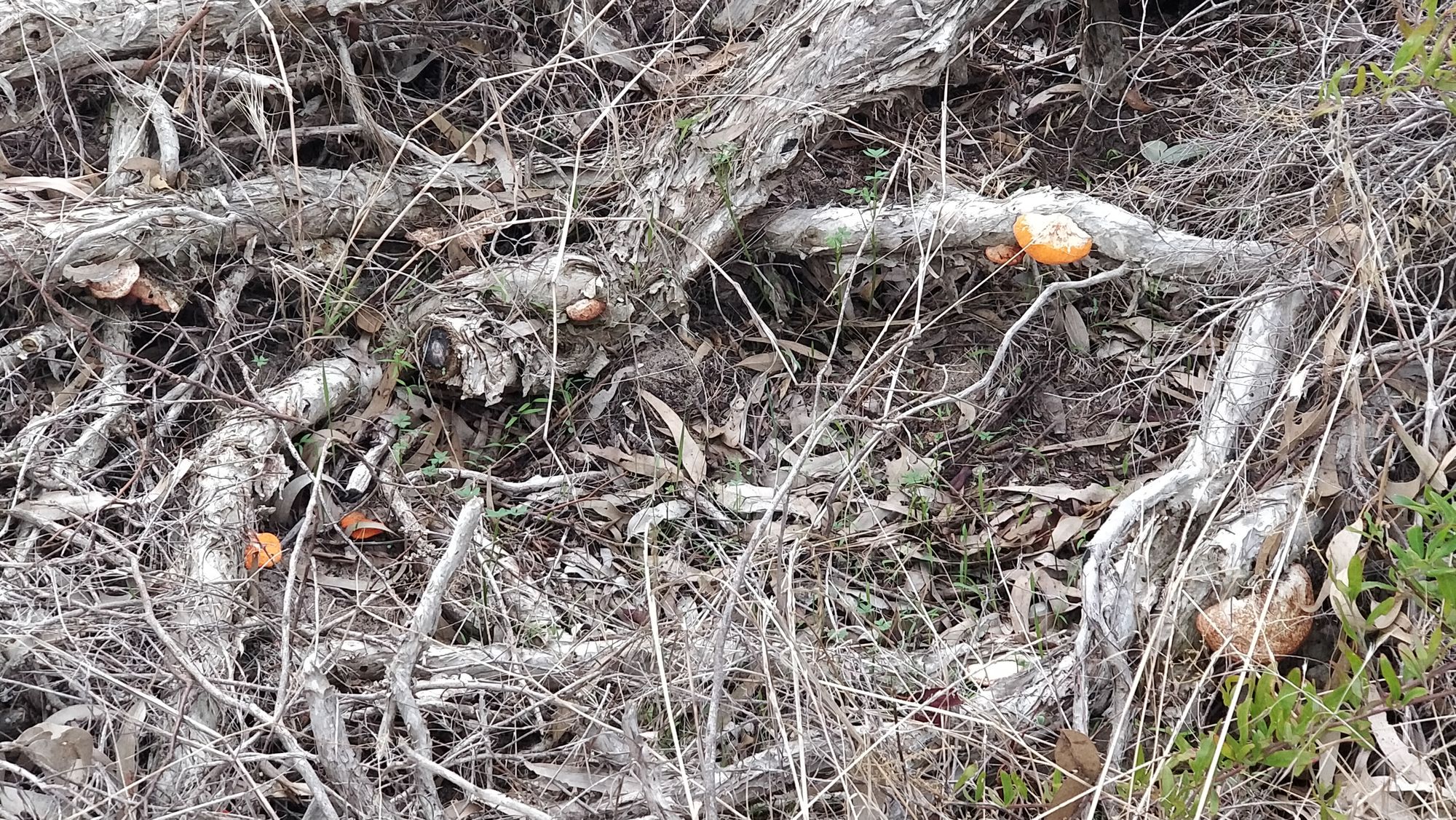
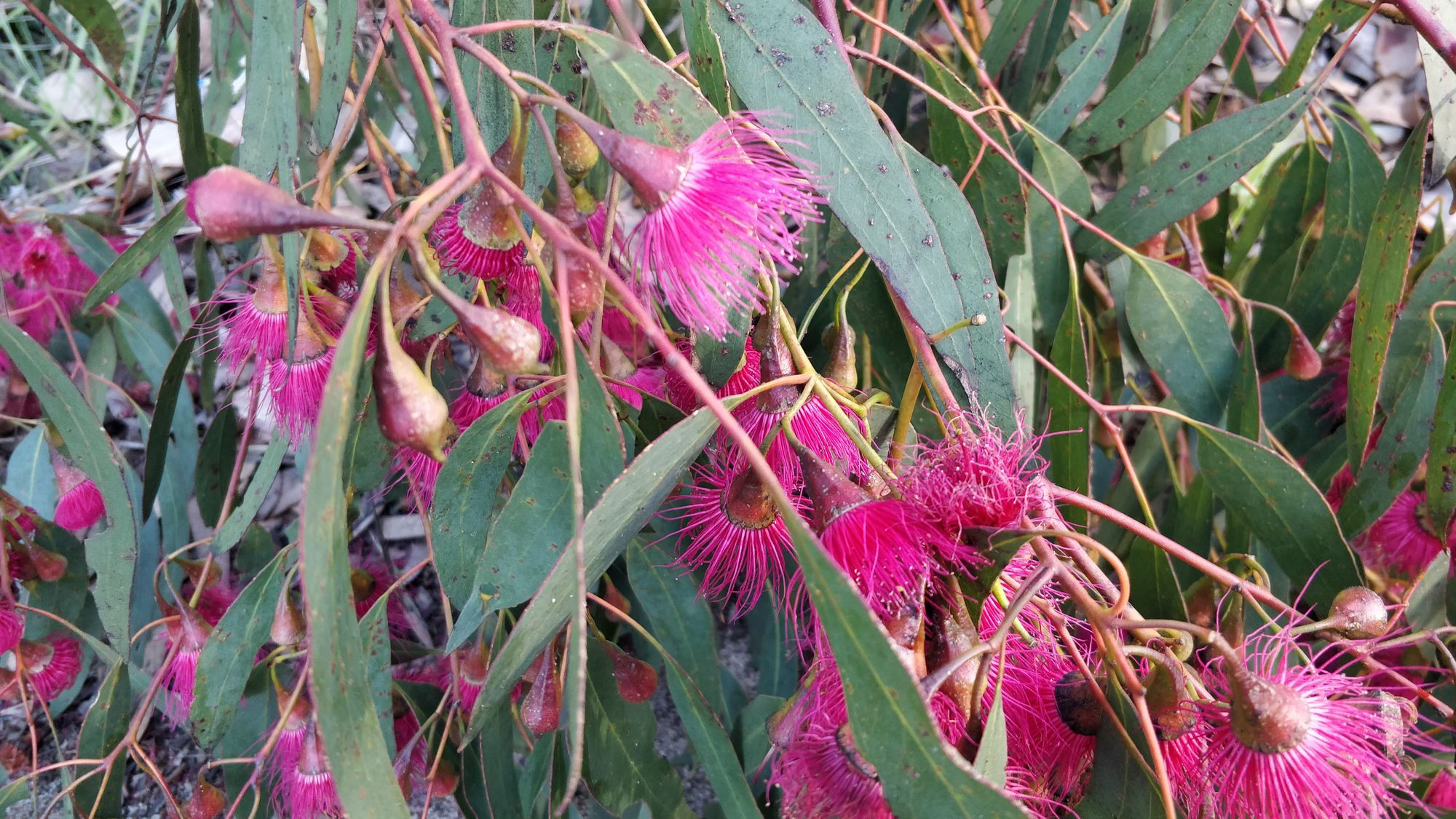
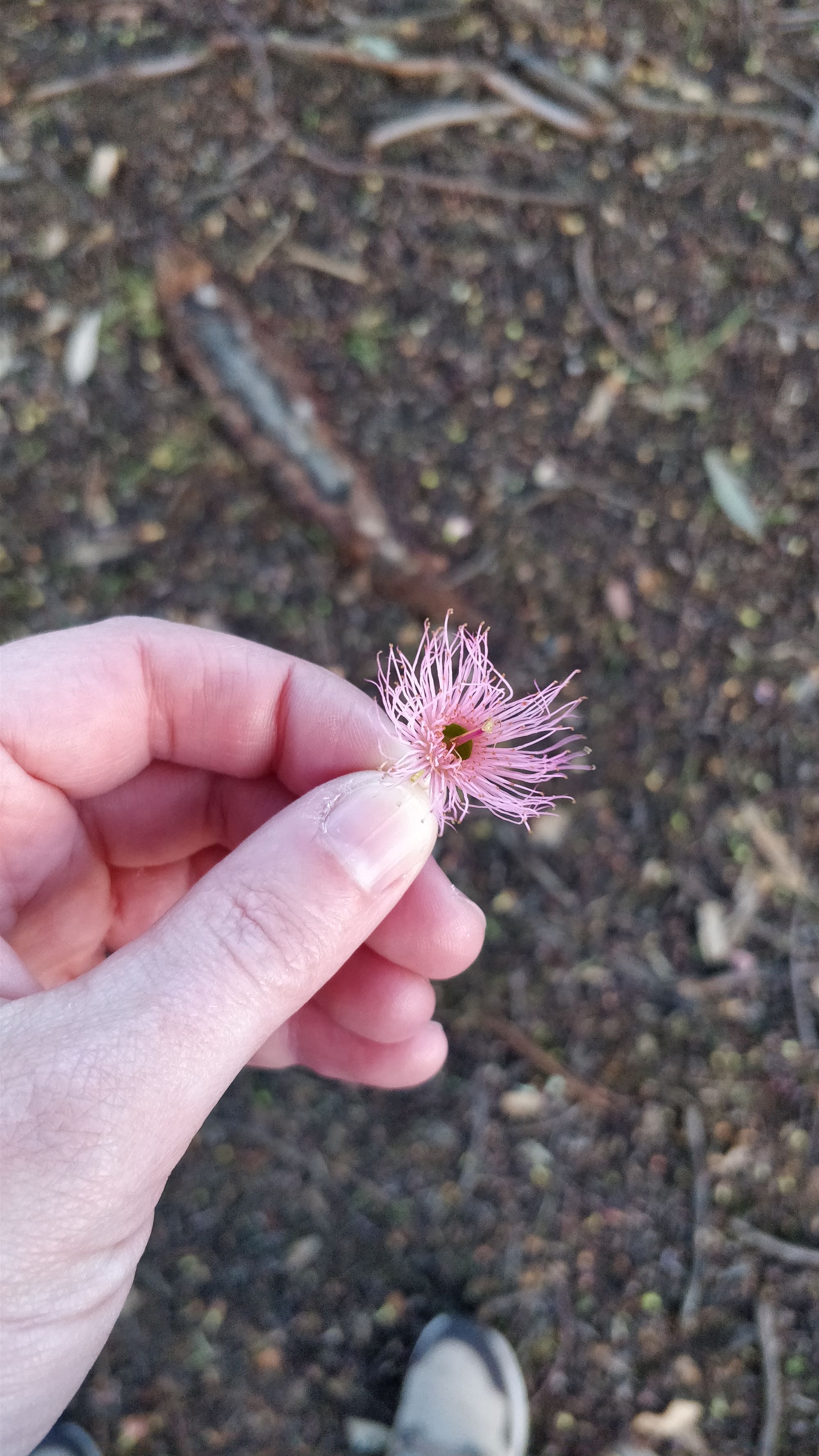
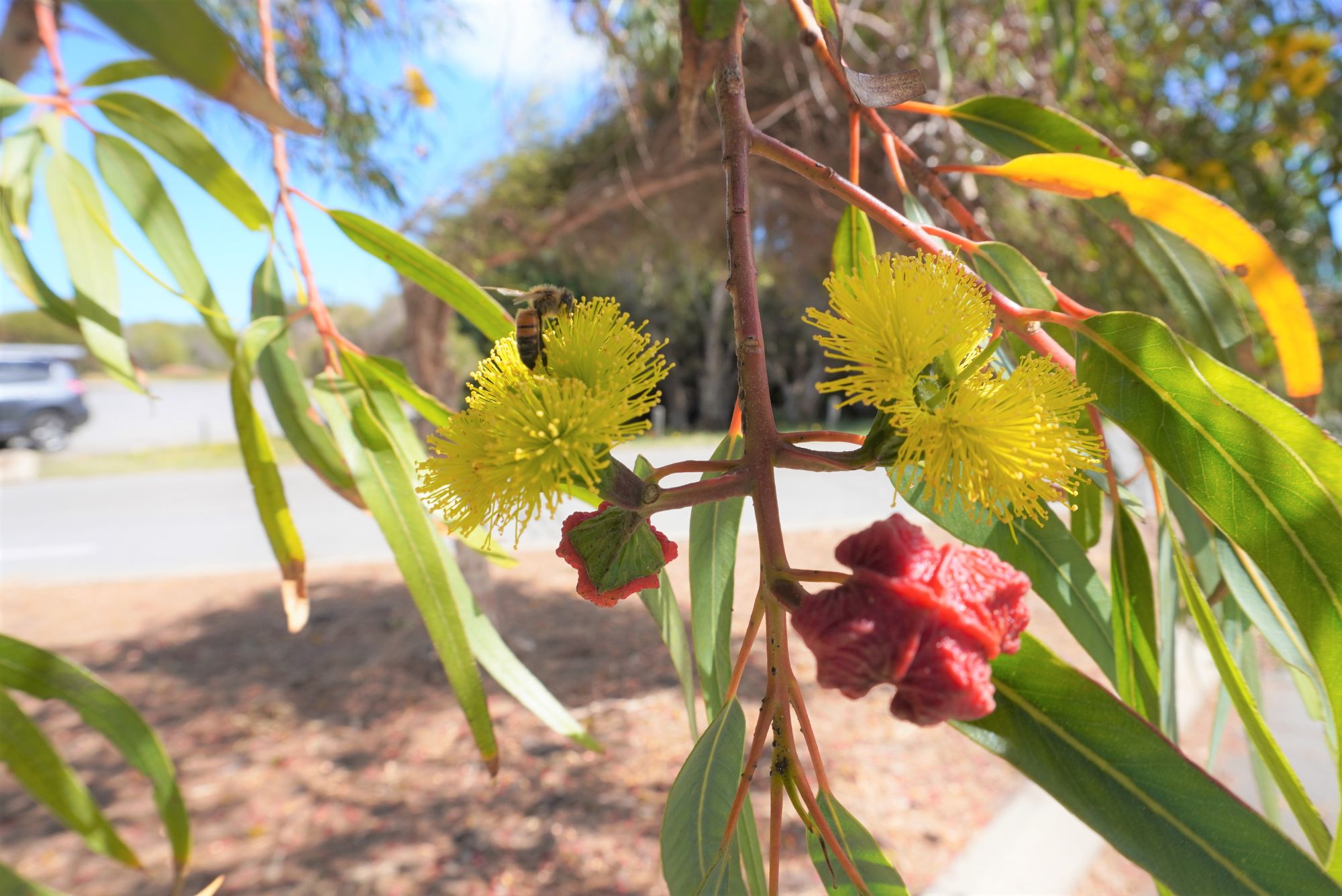
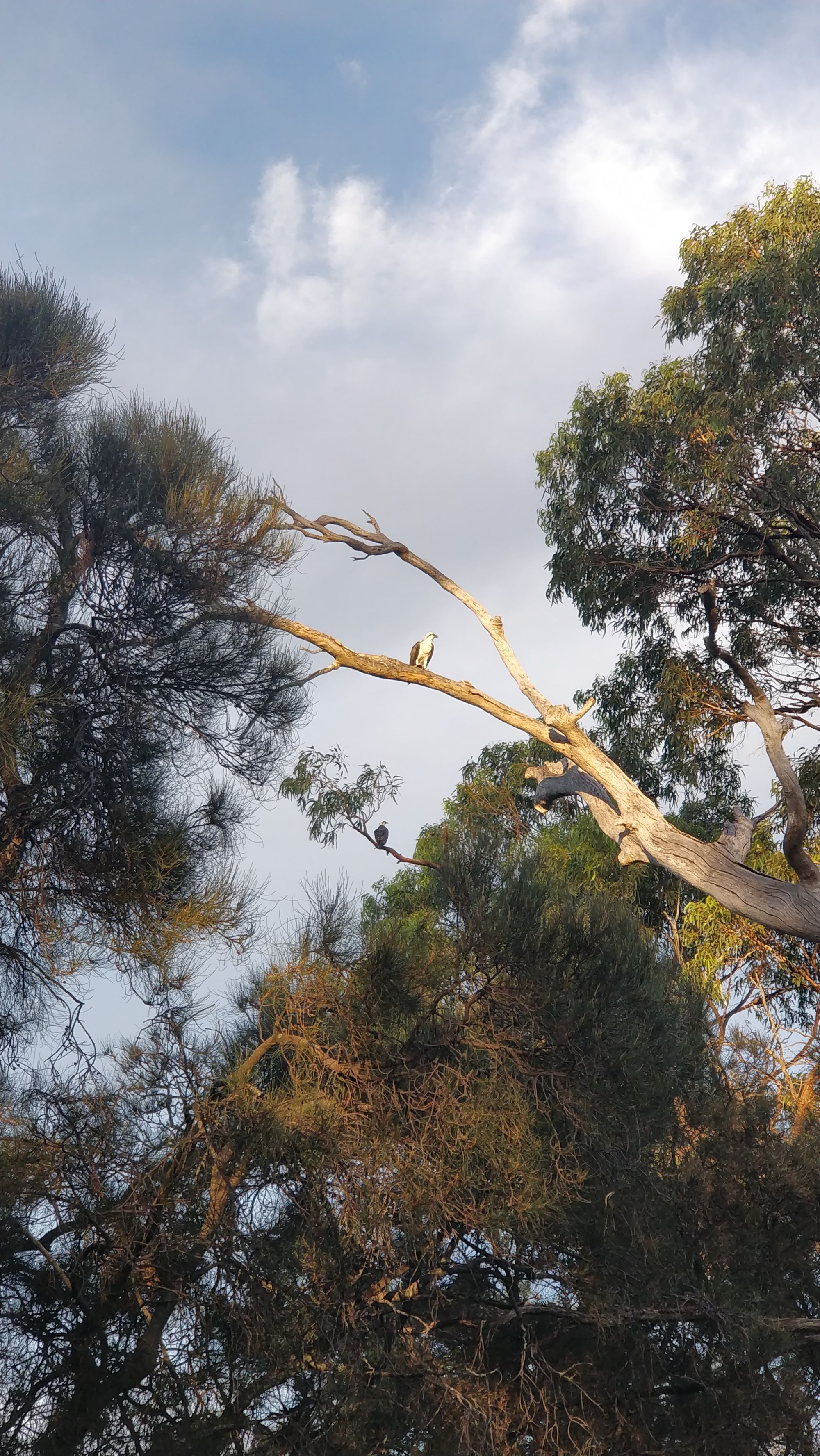
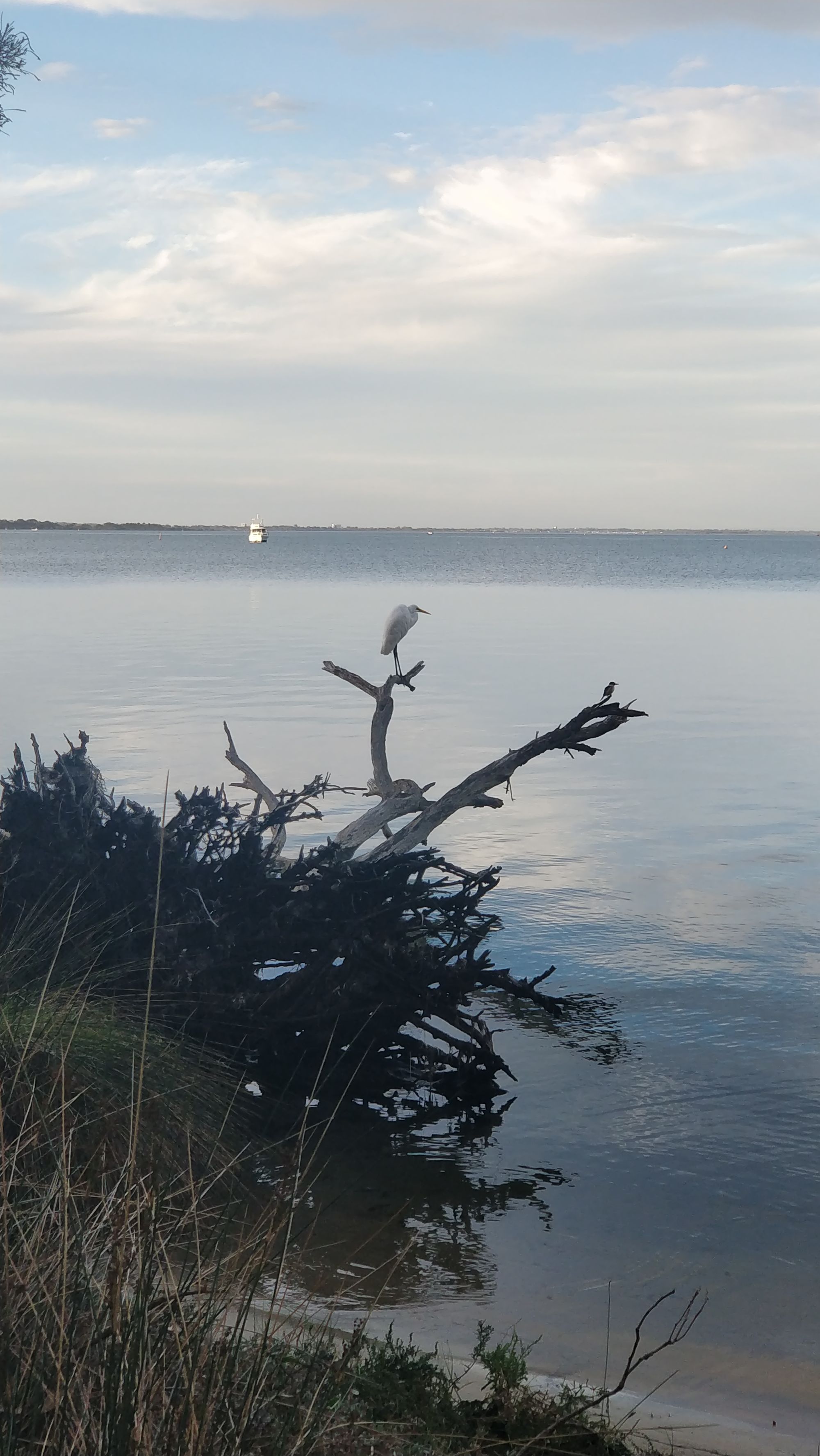
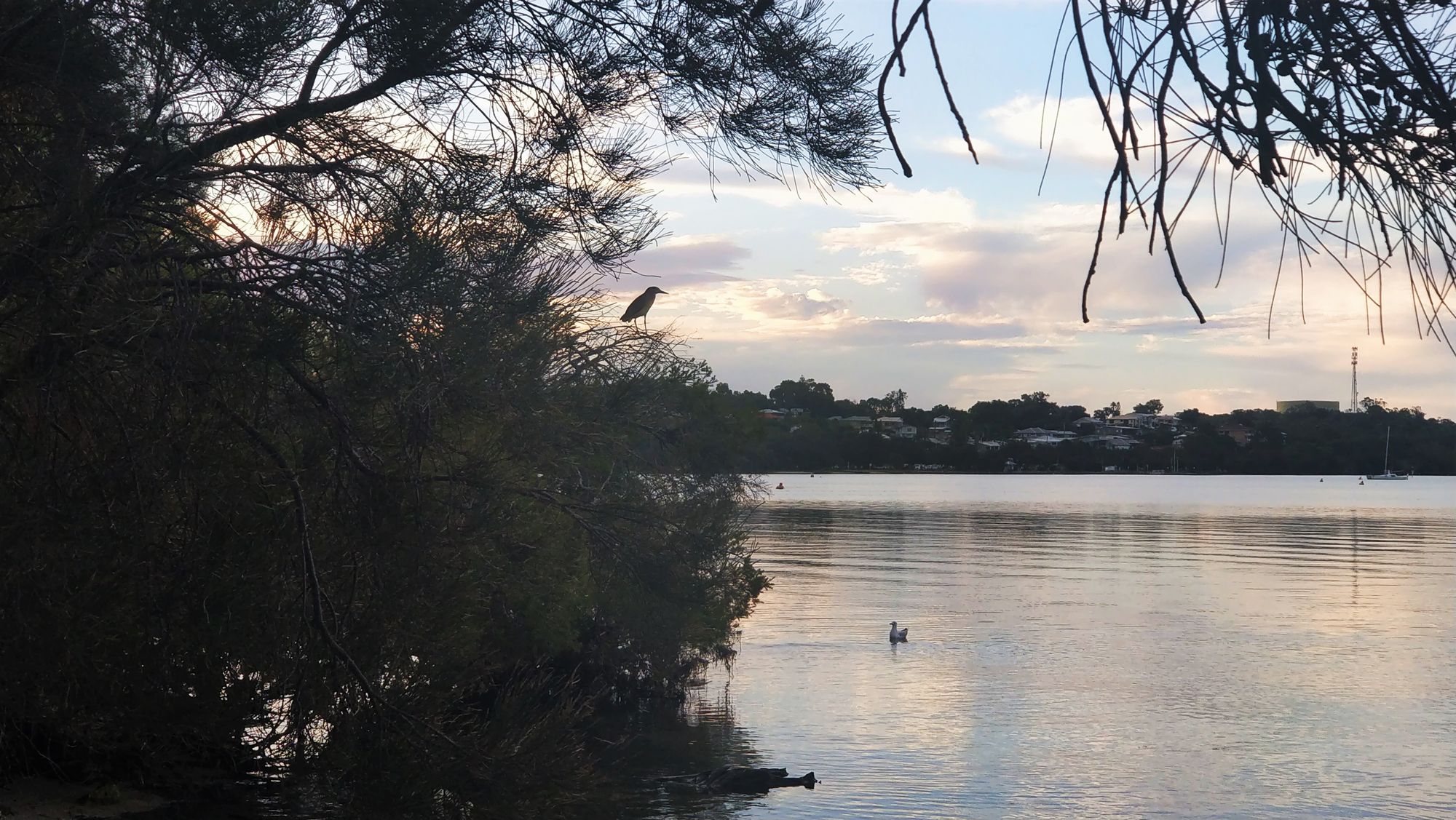
Djeran nature signs - insects, red flowers and birds.
I also discovered the name of the interesting red-capped gum or illyarie (Eucalyptus erythrocorys), that has yellow flowers but prominent red nuts, an eye-catching combination. Once settled in Perth I noticed the red flowering gum in the local park and it's blossoms covering the road. Both of these seem to have gone under the radar for me most of my life, I wasn't aware of how pretty their flowers are and how large the trees can get. Perhaps because I'm usually inclined to stay indoors once the rain arrives and it becomes cold.
Although the amount of bird activity has decreased I still felt there was a lot of birdlife on my walks around the estuary and encountered some new ones for me in the area. Perhaps because it was an evening walk rather than a morning one, we felt lucky to see a nankeen night heron hunting from an overhanging tree while some rays floated past underwater.
The osprey chick I've been following at Warrungup Spring has left the nest now, I'd say. We witnessed an osprey eating a fresh catch on a branch just over our heads while another watched on nearby (a parent perhaps?). Twice now I've seen a butcherbird and heard one singing melodiously. I think it was a grey butcherbird, not a pied. I wonder why I've only noticed them now - could it be that their home range/boundaries have changed?
In my nature journal
As mentioned previously, I moved house at the start of May, so I wasn't able to nature journal in the same way as I did for the previous seasons. However I took extra care to be observant during my time outside or when driving.
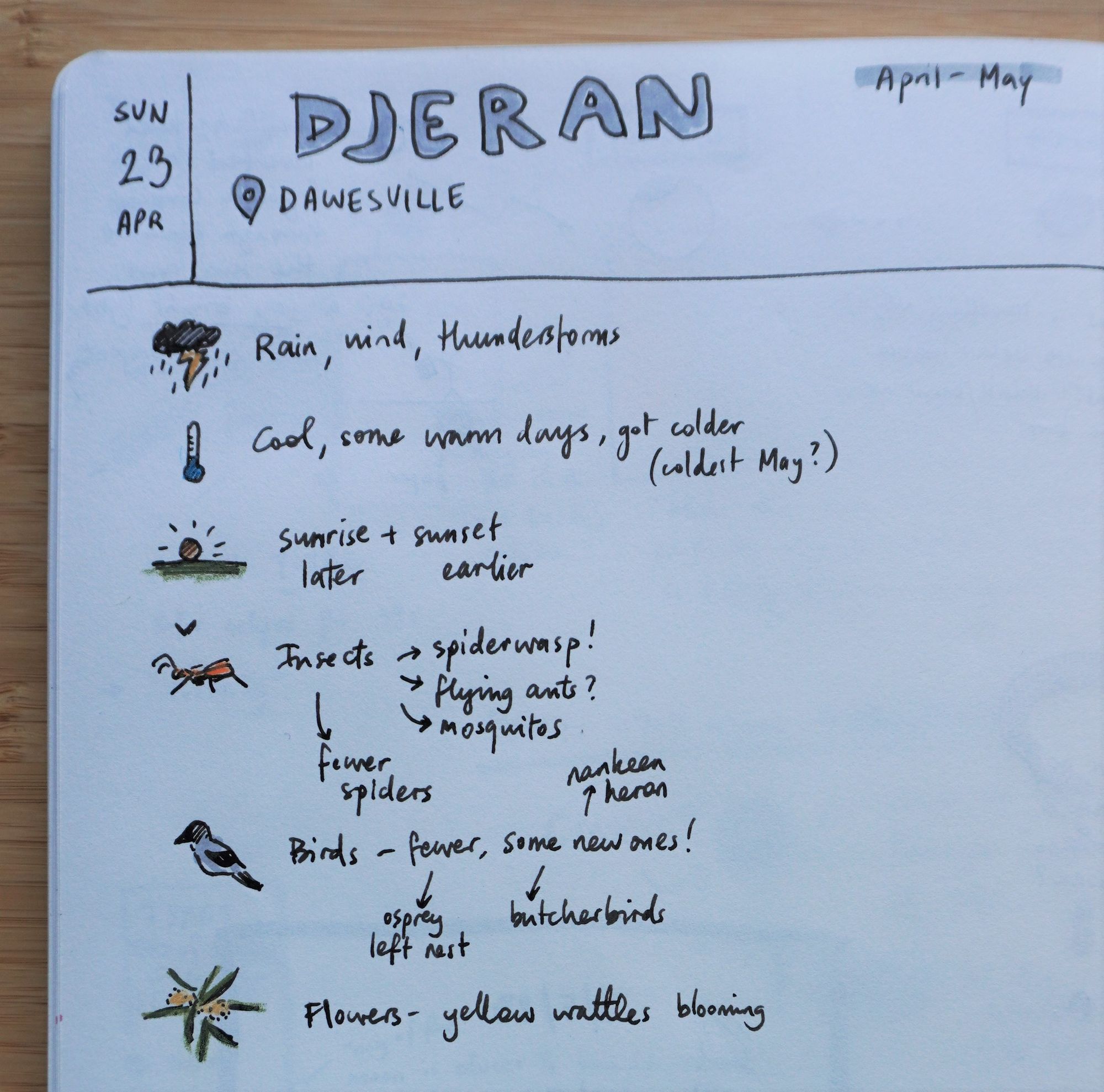
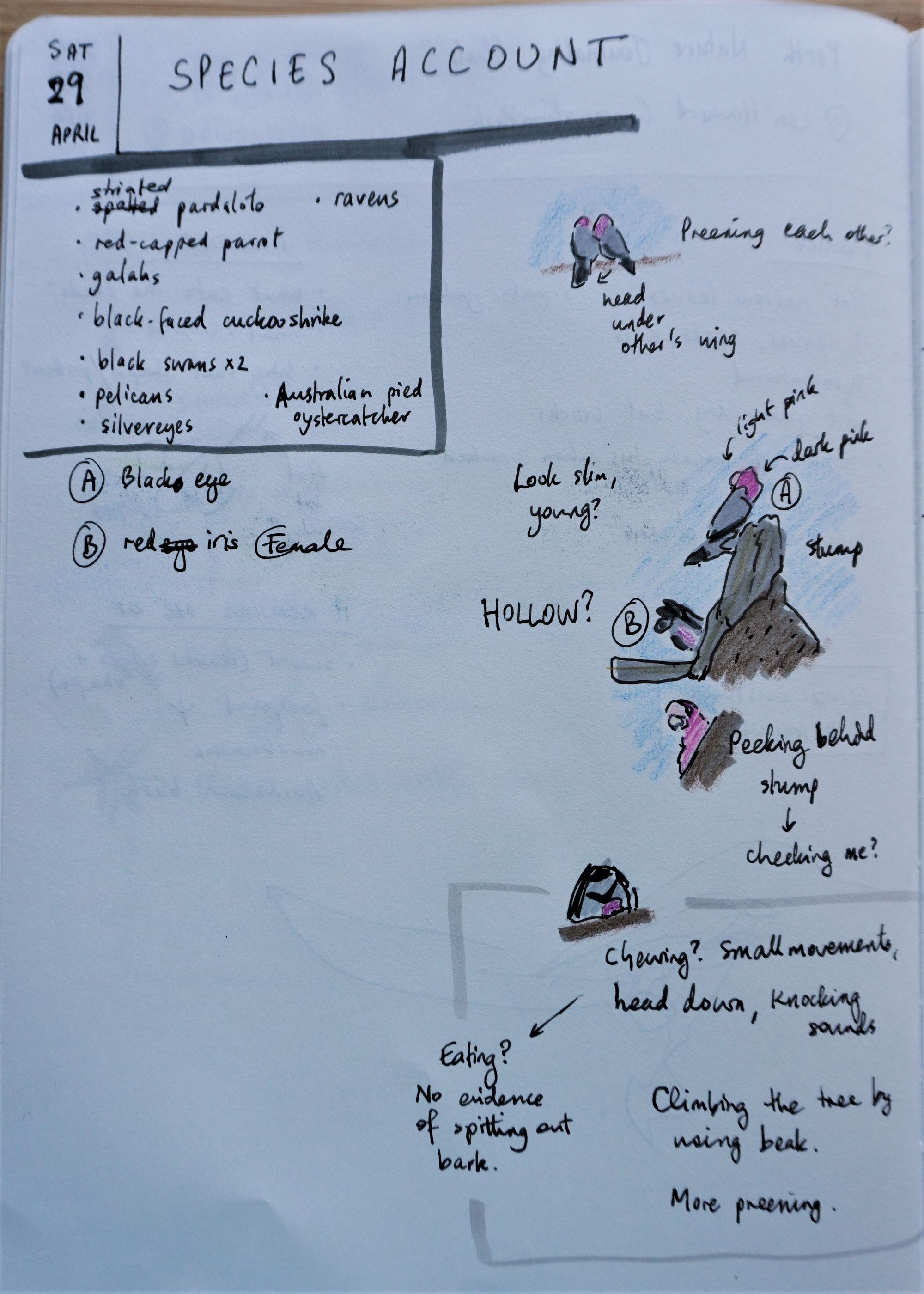
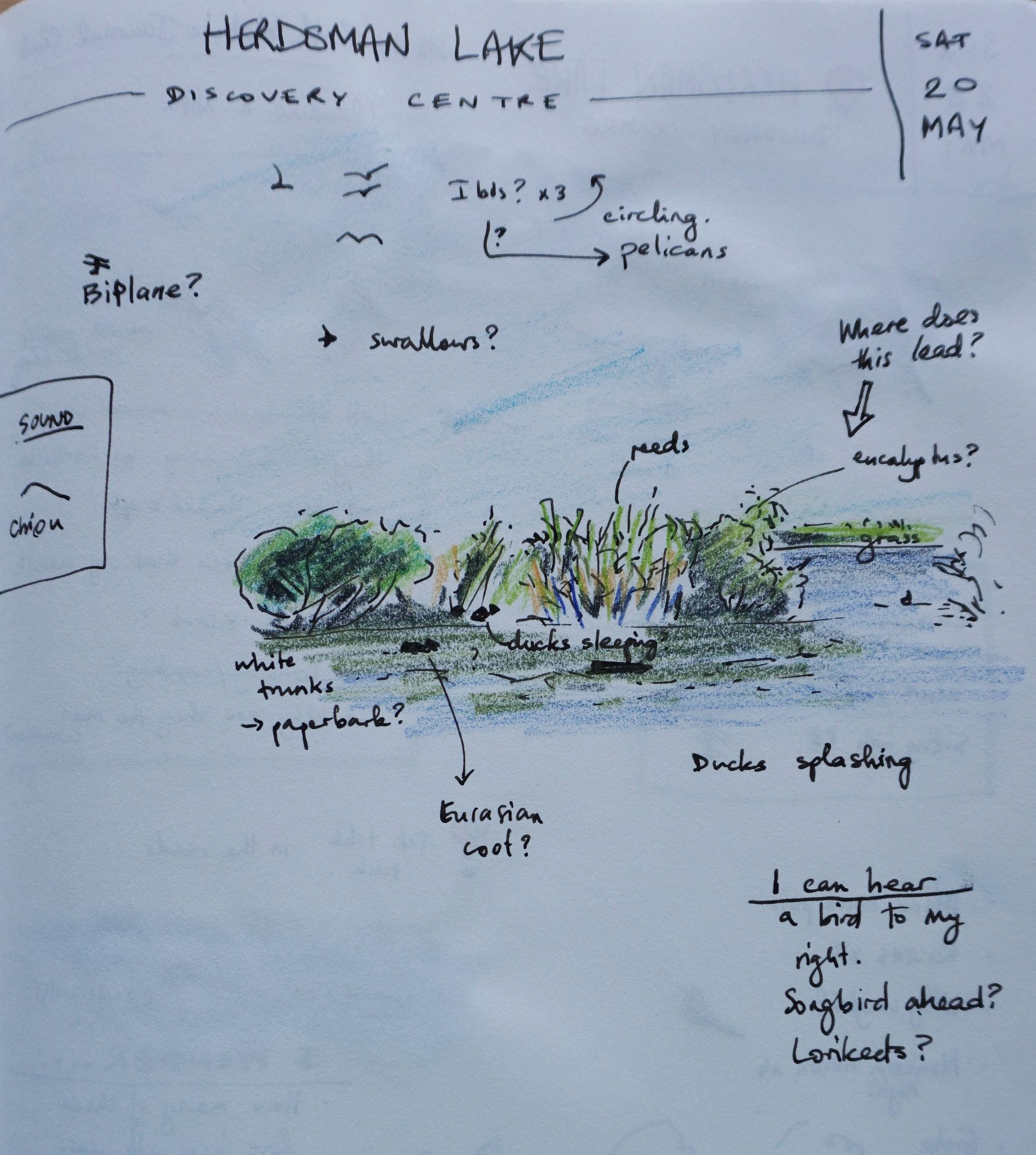
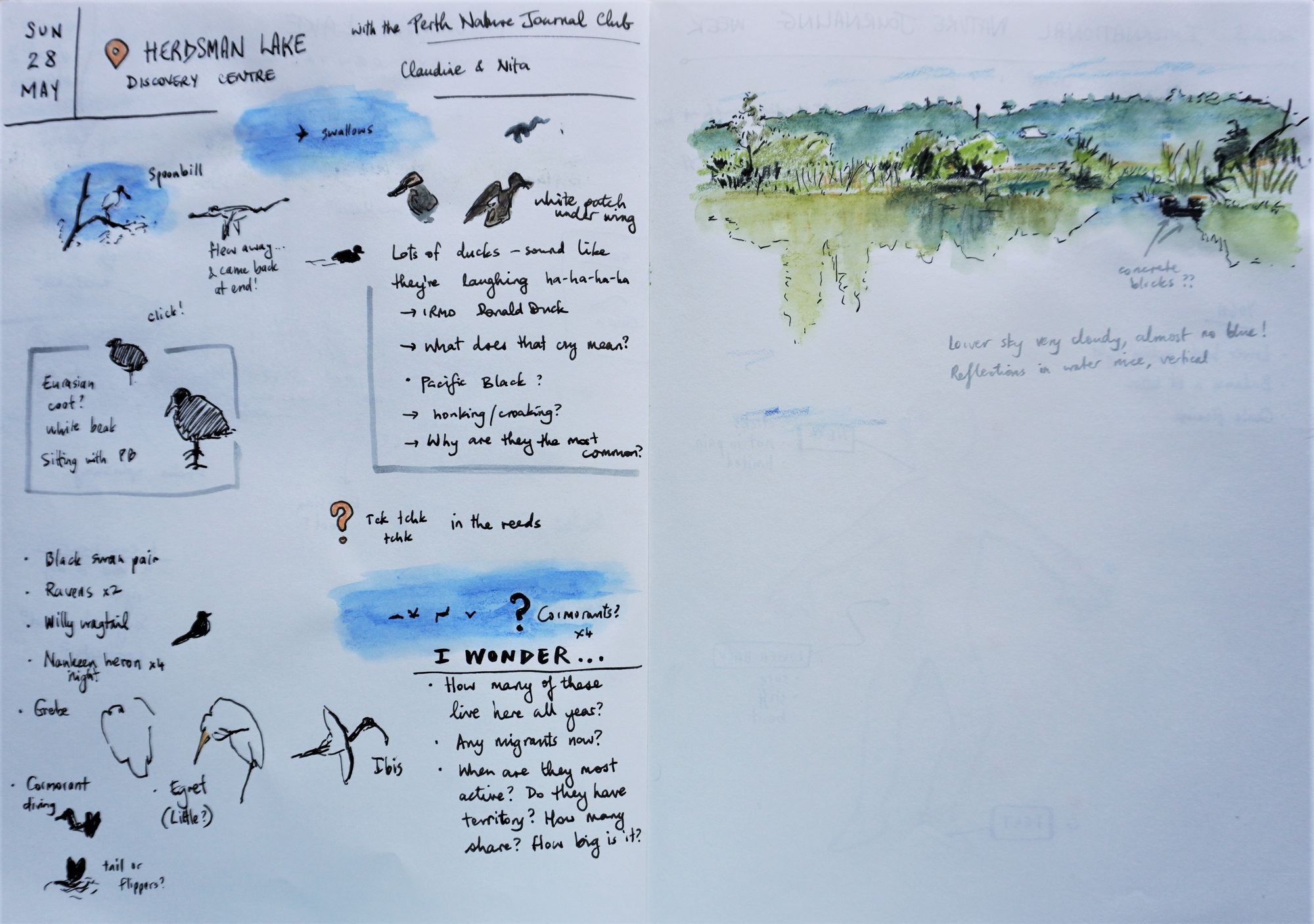
My nature journaling pages during Djeran
Discussion
Are there conditions or times of the year you avoid going outside or in nature? What have you discovered if you do go for a walk during this time?
Try this: Go outside at a time you normally wouldn't and look at the nature around you. How is it different? Can you discover anything new?

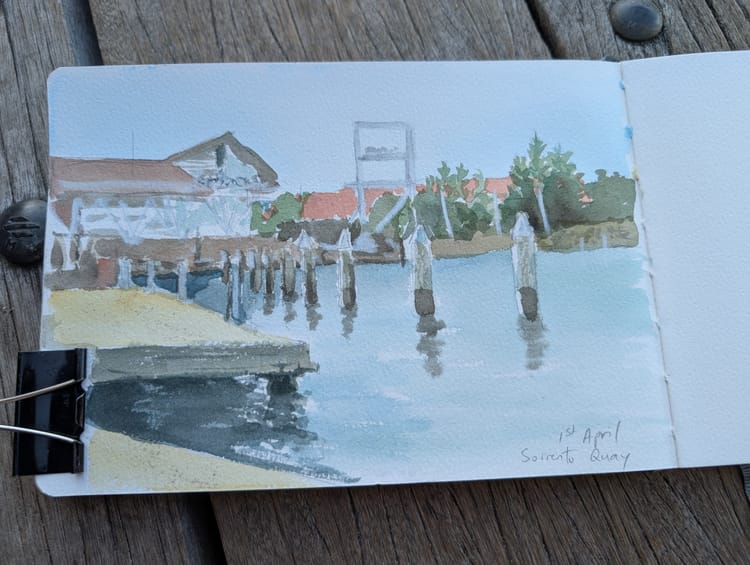
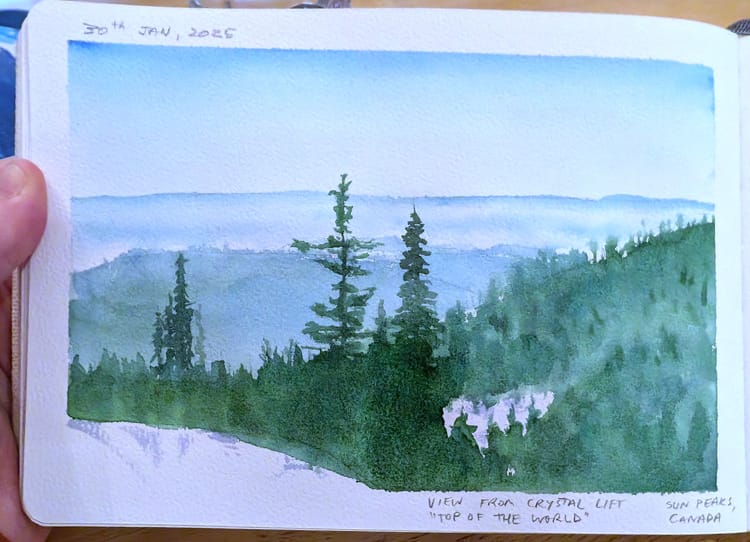

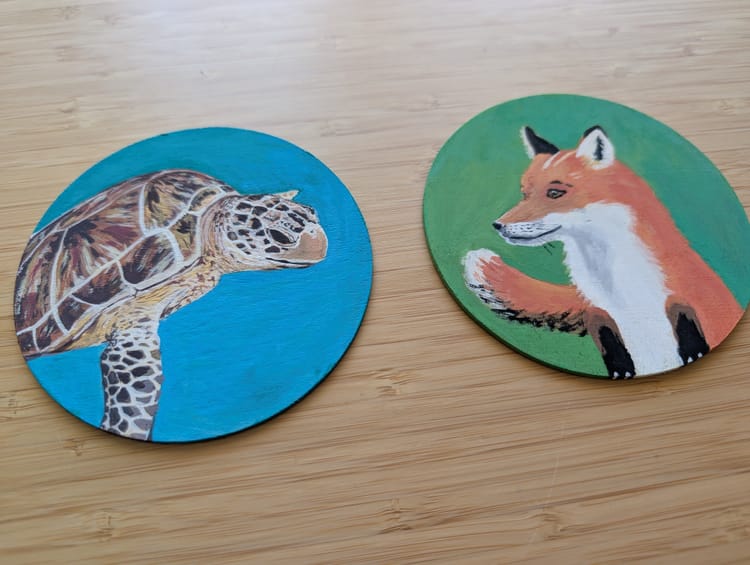
Member discussion